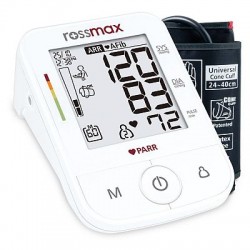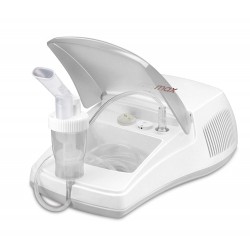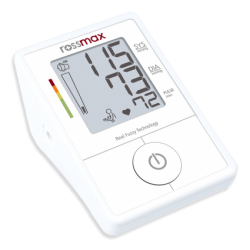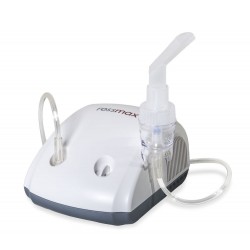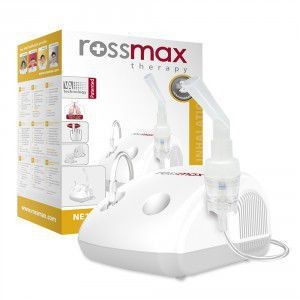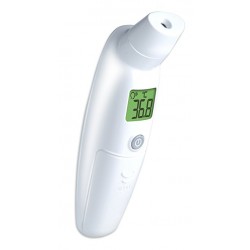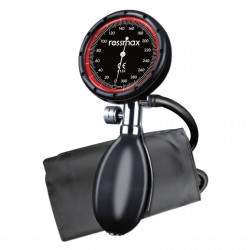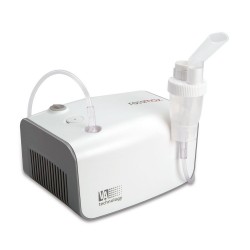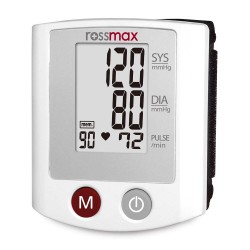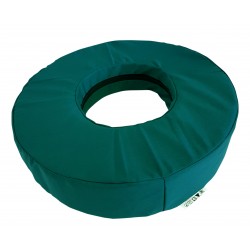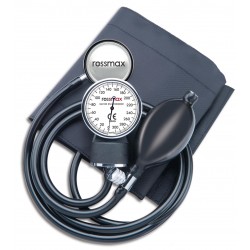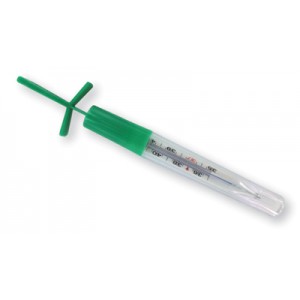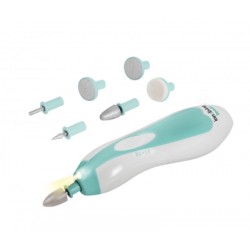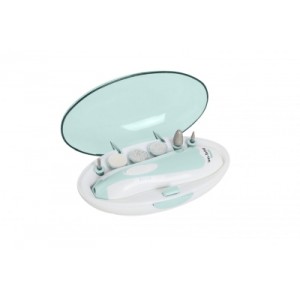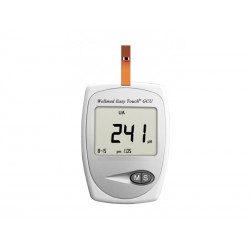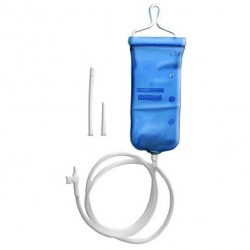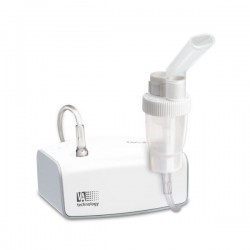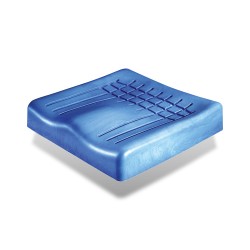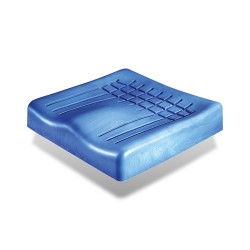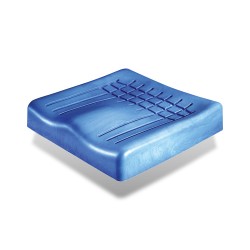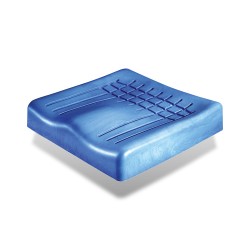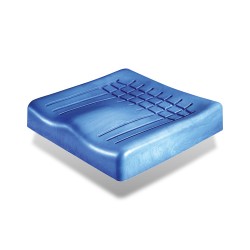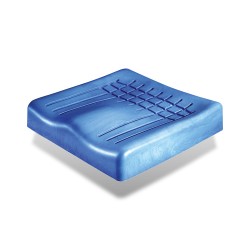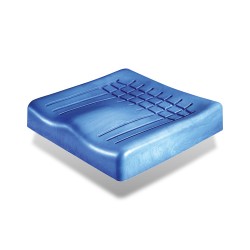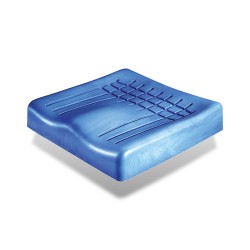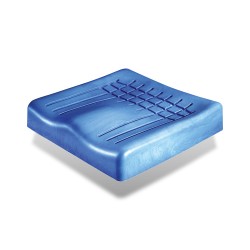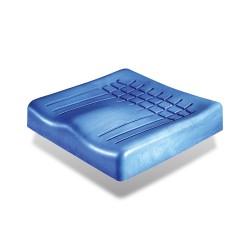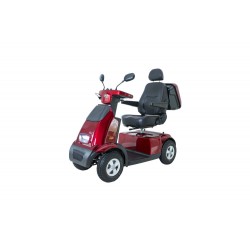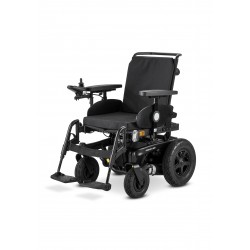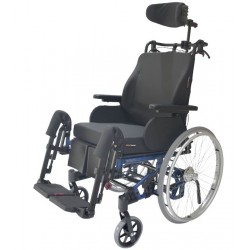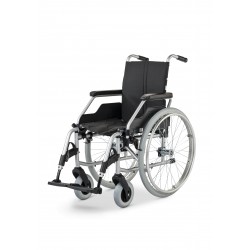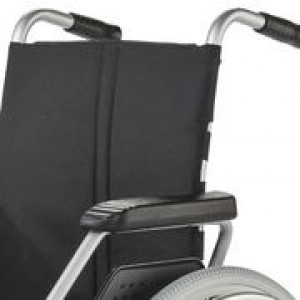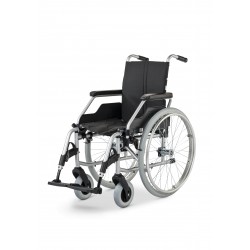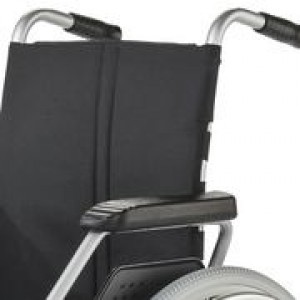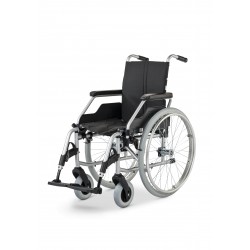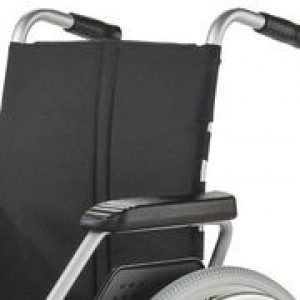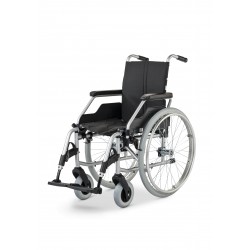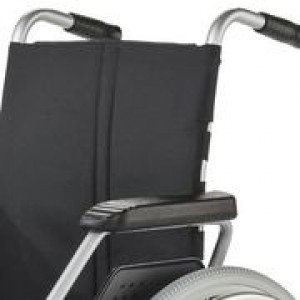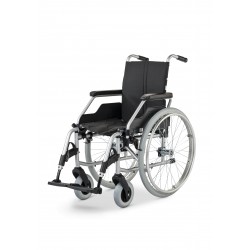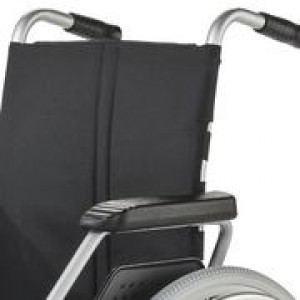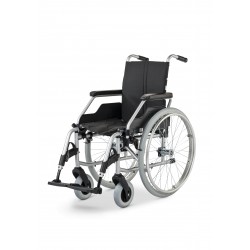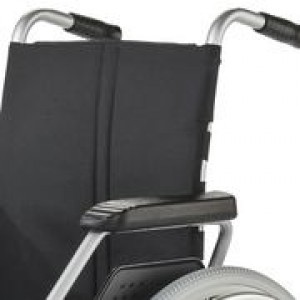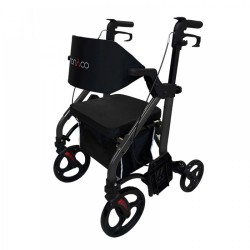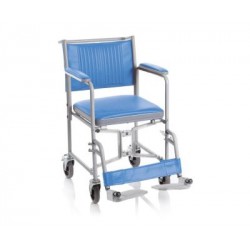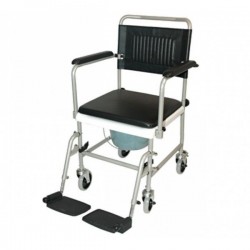Details

The New Generation of Blood Pressure Monitors with PARR Technology - Pulse Arrhythmia Detection (ARR), Atrial Fibrillation Detection (AFib), Premature Contraction Detection (PC), Tachycardia Detection (TACH), Bradycardia Detection (BRAD).
- Automatic and Ausculatory measurement
- Cuff Detection
- Movement Detection
- Hypertension Risk Indicatior
- 90 memories with date and time indication
- Small, Medium & Large Cuff included
- Cuff Holder Design
- Jumbo SIze "XL" Digits (LCS Screen: 99x115 mm)
- Adapter Socket. 6V Adapter Included
- Lifetime Calibration
Includes a 5-year Warranty and Certified Service
PARR (Pulse Arrhythmia) TECHNOLOGY
Pulse Arrhythmia (PARR) technology specifically detects the presence of pulse arrhythmia, including atrial fibrillation (AF, AFib), Atrial and / or Ventricular Premature Contractions (PC), Tachycardia (TACH), and Bradycardia (BRAD). Pulse Arrhythmia may be related to cardiac disorders, it needs medical attention and thus an early diagnosis is of a paramount importance. The PARR technology detects the arrhythmia during regular blood pressure checks without any additional user skills, user interaction or measurement prolongation. Beside the standard blood pressure diagnosis, a special pulse arrhythmia diagnosis is provided with PARR.
Note: The PARR detection of AFib, PC, TACH and BRAD is provided with a clinically proven high detection probability [1]. However, the sensitivity and specificity is limited. Thus most but not all pulse arrhythmia types will be detected and displayed. In certain patients with uncommon clinical conditions the PARR technology may not be able to detect any pulse arrhythmia. This partly stems from the fact that some arrhythmia can only be found with an ECG diagnosis, but not with a pulse diagnosis. Thus PARR is not meant to replace any medical ECG diagnosis made by your doctor. PARR provides an early detection of certain pulse arrhythmia, which inevitably needs to be presented to your doctor in charge.
ATRIAL FIBRILLATION DETECTION (AFib)
The upper chambers of the heart (the atria) do not contract, but quiver and thus blood is driven irregularly and with lower efficiency into the ventricles. This condition is associated with a higher risk for cardiac blood clots, stroke, heart failure and other heart-related complications. About 10 %- 20 % percent of patients who are inflicted by ischemic stroke also suffer from atrial fibrillation. This unit is able to detect Atrial Fibrillation (AFib). The ARR and AFib icons are displayed after the measurement if Atrial Fibrillation has been detected during the measurement.
Note: It is strongly recommended to consult your physician if either the AFib icon occurs frequently or if your AFib is known to your doctor but the incidence of AFib readings changes over time. Your doctor will then be able to provide all required medical test and suggest possible therapeutic procedures.
Note: The presence of a cardiac pacemaker may impair the AFib detection by PARR.
PREMATURE CONTRACTION DETECTION (PC)
Extra abnormal heartbeats generated in irregular excitation sites of your heart, either in the atria (PAC), the ventricle (PVC) or the cardiac conduction nodes (PNC). These extra beats may disrupt your regular rhythm, they may come in early or cause significant pauses in regards to your perceivable pulse. These are called palpitations, which can be felt in your chest. They may occur as isolated single events, as a series of irregular pulses or can be distributed all over your pulse beats. If they are not related to mental stress, they may be a marker for a multitude of cardiac disorders, such as an increased ischemic stroke risk with premature contractions. Some PCs may indicate valvular or myocardial disorders, thus becoming very important if myocarditis (the infection of the heart muscle) is suspected. This unit is able to detect premature contractions. The ARR and PC icons are displayed right after the measurement if premature contractions have been detected.
Note: It is strongly recommended to consult your physician if either the PC icon occurs frequently, or, if your PC is known to your doctor but the incidence of PC readings changes over time. Your doctor will then be able to suggest the necessary therapy.
TACHYCARDIA DETECTION (TACH)
A fast heart rate with more than 100 beats per minute (bpm) in adults. Unless caused by physical or mental stress, tachycardia may be an indicator for both cardiac (e.g. Coronary heart disease, valvular disorder), or extra-cardiac disorders (e.g. hyperthyroidism, fever, hypoxemia), as well as a medication and stimulant substance side effect (e.g. caffeine). The unit is able to detect tachycardia (TACH). The ARR and TACH icons are displayed right after the measurement if tachycardia has been detected.
Note: It is strongly recommended, that you consult your physician, if either the TACH icon occurs newly for several times, or, if your TACH is known to your doctor, but the incidence of TACH readings changes over time. Your doctor will then be able to provide the necessary therapy.
BRADYCARDIA DETECTION (BRAD)
A slow heart rate of less than 55 beats per minute (bpm) in adults. Unless not genetically determined or subsequent to a high cardiac endurance training adaptation, bradycardia may be related to multitude of cardiac disorders or extra-cardiac disorders (e.g. electrolyte imbalance, medications, coronary or valvular heart diseases) or medications (e.g. beta-receptor blocker). This unit is able to detect Bradycardia (BRAD). The ARR and BRAD icons are displayed right after the measurement if bradycardia has been detected.
Note: It is strongly recommended, that you consult your physician, if either the BRAD icon occurs newly for several times, or, if your BRAD is known to your doctor, but the incidence of BRAD readings changes over time. Your doctor will then be able to provide the necessary therapy.
PULSE ARRHYTHMIA DETECTION (ARR)
Once the occurrence of pulse arrhythmia has been detected in the course of your blood pressure measurement, the ARR icon is displayed. In this case the detected case of pulse arrhythmia can be specified by the PARR technology, the ARR icon is accompanied by the specifically detected type of arrhythmia, e.g. PC, AFib, TACH or BRAD. If the detected form of pulse arrhythmia cannot be safely determined by PARR, the device will display the ARR icon without any additional pulse arrhythmia type icon.
Note:
It is strongly recommended that you consult your physician if either the ARR icon occurs newly for several times, or, if your ARR is known to your doctor, but the incidence of ARR readings changes over time. Your doctor will then be able to suggest the necessary therapy.
The PARR technology is able to detect and display combined pulse arrhythmia findings.
| Display | Findings |
| - | Normal findings |
| ARR | Pulse Arrhythmia without type-specific detection |
| ARR PC | Pulse Arrhythmia - Premature ventricular, atrial or nodal beat detection |
| ARR AFib | Pulse Arrhythmia - Atrial Fibrilation Detection |
| ARR TACH | Tachycardia |
| ARR BRAD | Bradycardia |
| ARR PC BRAD | Combined Pulse Arrhythmia: Premature Contraction and Bradycardia Detection |
| ARR PC TACH | Combined Pulse Arrhythmia: Premature Contraction and Tachycardia Detection |
| ARR AFib TACH | Combined Pulse Arrhythmia: Atrial Fibrillation and Tachycardia |
| ARR AFib PC | Combined Pulse Arrhythmia: Atrial Fibrillation and Premature Contraction |
| ARR AFib PC TACH | Combined Pulse Arrhythmia: Detection of Atrial FIbrillation, Premature Contraction and Tachycardia |
"REAL FUZZY" TECHNOLOGY
This unit uses the oscillometric method to detect your blood pressure. Before the cuff starts inflating, the device will establish a baseline cuff pressure equivalent to the air pressure. This unit will determine the appropriate inflation level based on pressure oscillations, followed by cuff deflation. Any muscle contraction during the measurement period will cause faulty results. During the deflation, the device will detect the amplitude and slope of the pressure oscillations and thereby measure the systolic blood pressure, diastolic blood pressure and pulse.
BLOOD PRESSURE STANDARD
Refering to the definitions of the World Health Organization, the blood pressure ranges can be classified in 6 stages. (Ref. 1999 WHO-International Society of Hypertension Guidelines for the management of Hypertension). This blood pressure classification is based on statistical data, and may not be directly applicable to any particular patient. It is important to consult with your physician regularly. Your physician will determine your normal blood pressure range as well as the point at which you will be considered at risk. For reliable monitoring and reference of your blood pressure, keeping long-term blood pressure logs is recommended.
Here you can download our Blood Pressure Log to help you track your blood pressure readings.
DISPLAY ELEMENTS
1. Arrhythmia Detection (ARR)
2. Atrial Fibrillation Detection (AFib)
3. Premature Contraction Detection (PC)
4. Tachycardia Detection (TACH)
5. Bradycardia Detection (BRAD)
6. Date / Time Indication
7. Movement Mark
8. Weak Battery Mark
9. Hypertension Risk Indication
10. Cuff Wrap Detection
11. Auto Mode
12. Auscultation Mode
13. Systolic Pressure
14. Diastolic Pressure
15. Pulse Rate - Measures heart beat rate
16. Pulse Mark - Graphic Display of heart beat
17. Memory Mark
Technical specifications
Measurement Method: Oscillometric
Measurement Range: Pressure: 30~260 mmHg; Pulse: 40~199 beats/ minute
Pressure Sensor: Semi conductor
Accuracy: Pressure: ± 3 mmHg; Pulse: ± 5% of reading
Inflation: Pump Driven
Deflation: Automatic Air Release Valve
Memory capacity: 90 memories
Auto-shut-off: 1 minute after last key operation
Permissible Operating Temperature and Humidity: 10°C~40°C (50°F~104°F); 15%~85% RH; 700~1060 hPa
Permissible Transport and Storage Temperature and Humidity: -10°C~60°C (14°F~140°F); 10%~90% RH; 700~1060 hPa
DC Power Source: DC 6V four AA Batteries
AC Power Source: DC 6V, ≥600mA (Plug size: outer(-) is Ø4.0, inner(+) is Ø1.7)
Dimensions: 173.0 (L) X 115.0 (W) X 64.5 (H) mm
Weight: 410g (G.W.) (w/o batteries)
Arm Circumference: L: 34 - 46 cm; M: 24 -36 cm; S: 16-26 cm
Limited Users: Adult Users
BF Type: Device and cuff are designed to provide special protection against electrical shocks.
IP Classification: Protection against harmful ingress of water and particulate matter
How to Use Rossmax X9 Blood Pressure Monitor:
PC Link (Optional)


